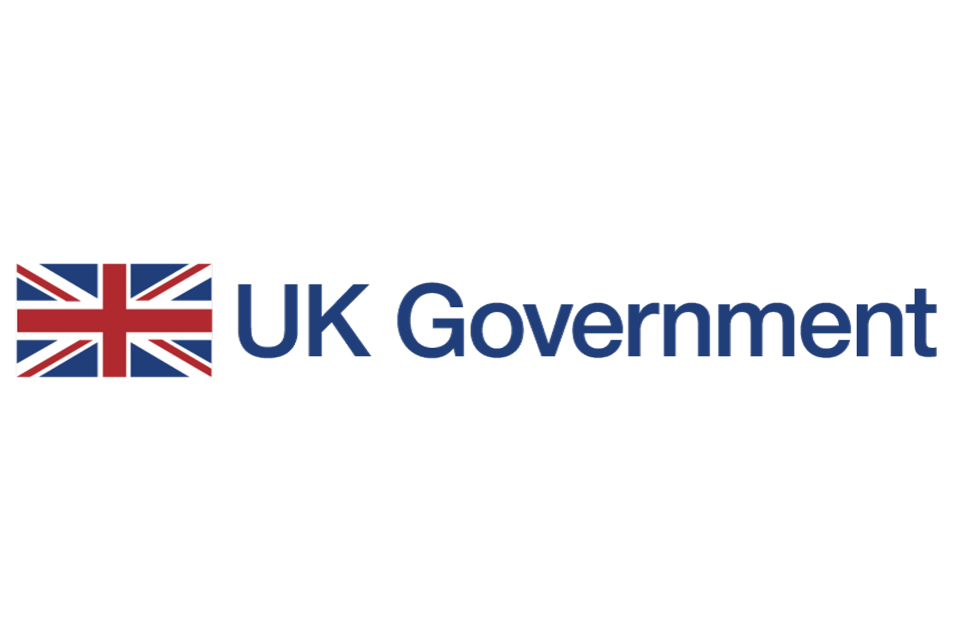Ambassador Westmacott visits RAF Squadron in Nevada
British Royal Air Force 39 Squadron works alongside United States Air Force squadrons at Creech Air Force Base in Nevada.

Sir Peter Westmacott, British Ambassador to the United States, recently visited Creech Air Force Base in Nevada, home to the 39 Squadron of the RAF. While there, Ambassador Westmacott witnessed a remotely-piloted Reaper aircraft carry out a mission over Afghanistan. Following his visit to the 39 Squadron, the Ambassador visited the US Naval Air Weapons Station in China Lake, California, where he observed a trial firing of a dual mode Brimstone precision missile from a US Reaper.
In 2007, the Royal Air Force formed 39 Squadron at Creech Air Force Base in Nevada to operate the remotely-piloted air systems (RPAS) alongside US Air Force squadrons. Since October 2007 the Reaper has amassed 54,000 flying hours in support of coalition forces in Afghanistan and has fired just 459 precision weapons. This year alone it will fly over 13,000 hours, completing more than 800 missions in support of ground forces. When a precision strike capability is required from RAF Reaper aircraft by ground commanders this is always in accordance with international humanitarian law and the law of armed conflict, and is governed by strict rules of engagement; exactly the same as manned aircraft. In the UK, the Ministry of Defence has, for the first time, opened its unmanned aerial systems control centre, inviting members of the media to view the high-tech operations room at Royal Air Force (RAF) Waddington.
Members of 13 Squadron operate the RAF’s Reaper aircraft in Afghanistan remotely from Waddington. The Reaper system is just one of a range of unmanned aerial systems operated by UK armed forces, providing vital, life-saving intelligence, reconnaissance and surveillance on operations. The Royal Air Force has used the MQ-9 Reaper Remotely Piloted Air System since January 2004.
During a visit to RAF Waddington, Defence Secretary Philip Hammond viewed the full range of current and future equipment. During the visit, Mr Hammond said:
Vital to our efforts to protect our forces and the people of Afghanistan, this battle-winning technology allows us to understand the situation on the ground more clearly, develop better intelligence, and precisely strike, within our rules of engagement, those who threaten or hurt the people we are protecting. Much of the criticism of unmanned aerial systems is based on misunderstanding. This event provides a great opportunity to better inform people about these life-saving assets and their variety of purposes.